Beyond the tourist-filled restaurants of Rome and Florence lies Italy’s true culinary heritage. In these lesser-known cities, recipes passed through generations continue to define local identity.
Here, dining transcends mere sustenance – it celebrates centuries-old traditions untouched by mass tourism. This exploration reveals destinations where authentic Italian cuisine flourishes in its purest form.
Here, local dishes tell stories of regional history, seasonal harvests, and family traditions that span centuries.
Modena, Emilia-Romagna
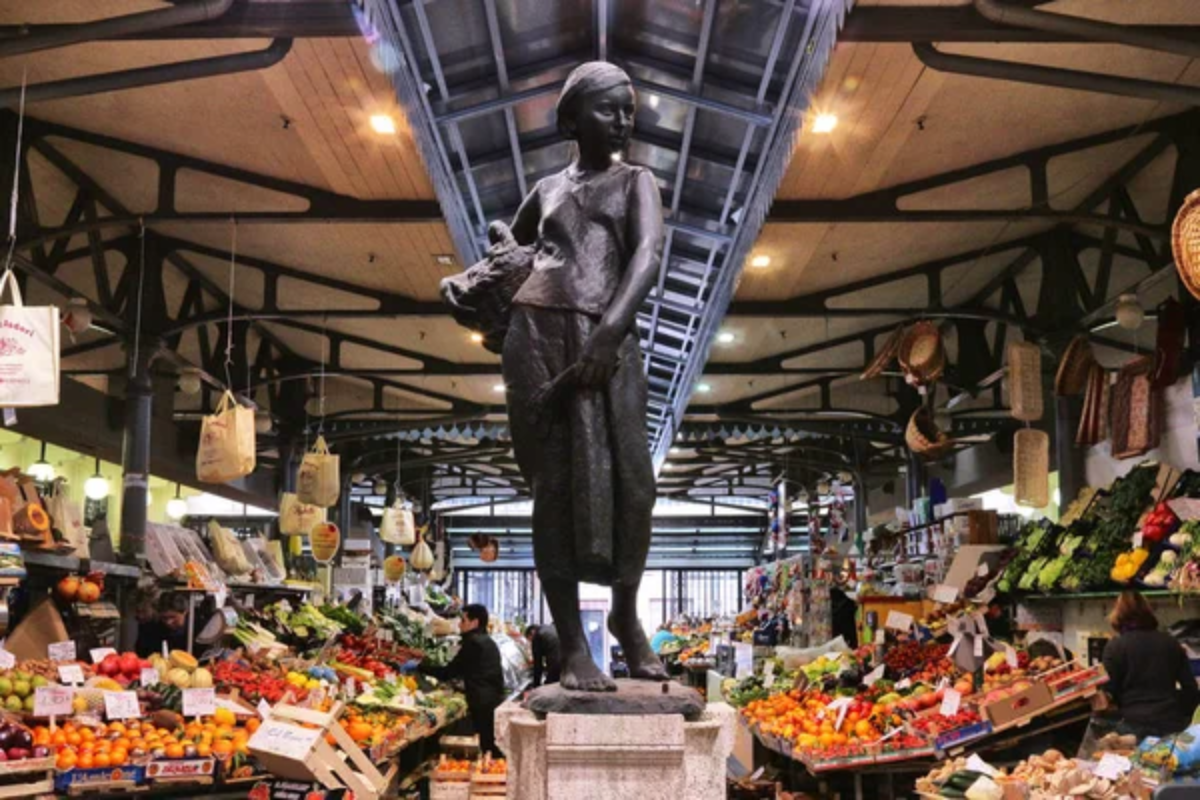
Standing proudly in Lebanon’s Beqaa Valley, Baalbek houses some of the largest and best-preserved Roman temples ever built. Its Temple of Bacchus still has forty-two massive columns, each reaching higher than a four-story building.
Local guides love telling visitors how these massive stone blocks were moved without modern machinery, and some blocks in the foundation weigh more than three fully loaded semi-trucks. The site feels more like a city built for giants than a place made by human hands.
Trapani, Sicily
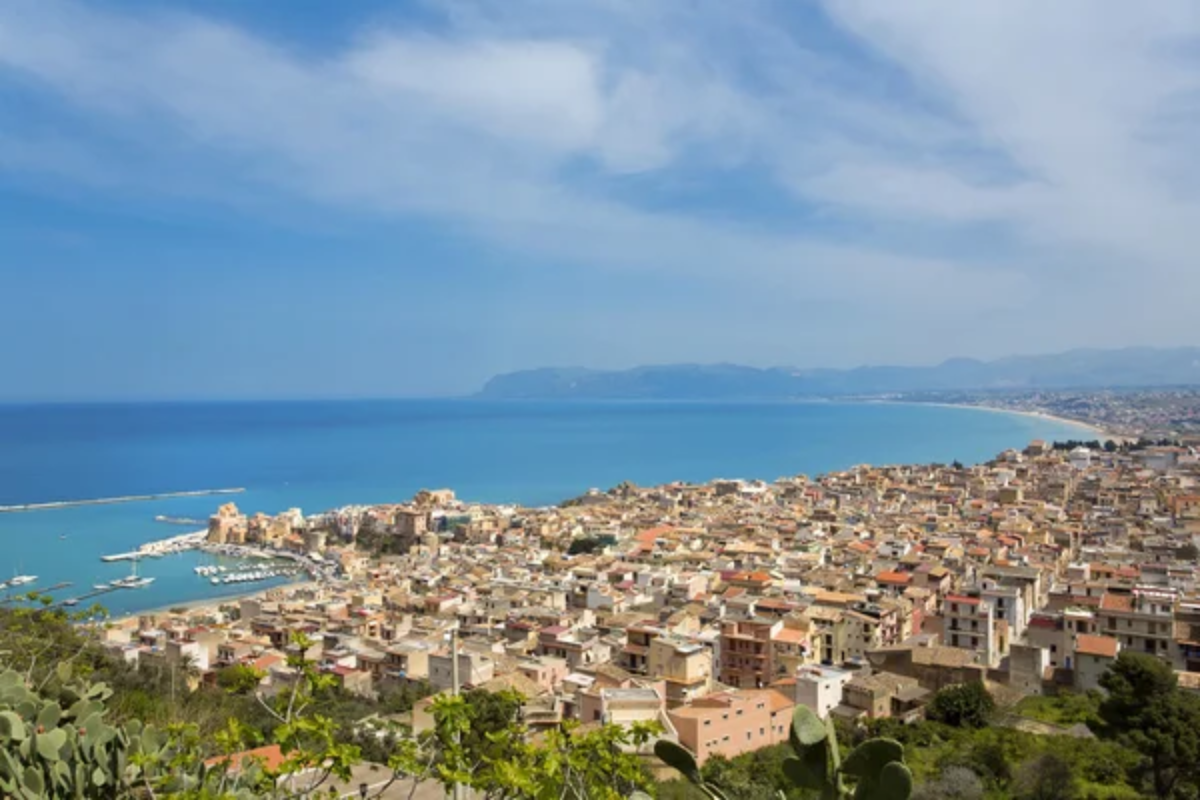
Salt-harvesting traditions influence local dishes, while couscous reflects North African heritage. Fishermen sell their morning catch directly to harbor restaurants, where centuries-old tuna recipes showcase maritime heritage.
Local pastry shops craft cassata using ancient recipes preserved by monastery traditions.
Like Travel Pug’s content? Follow us on MSN.
Alba, Piedmont
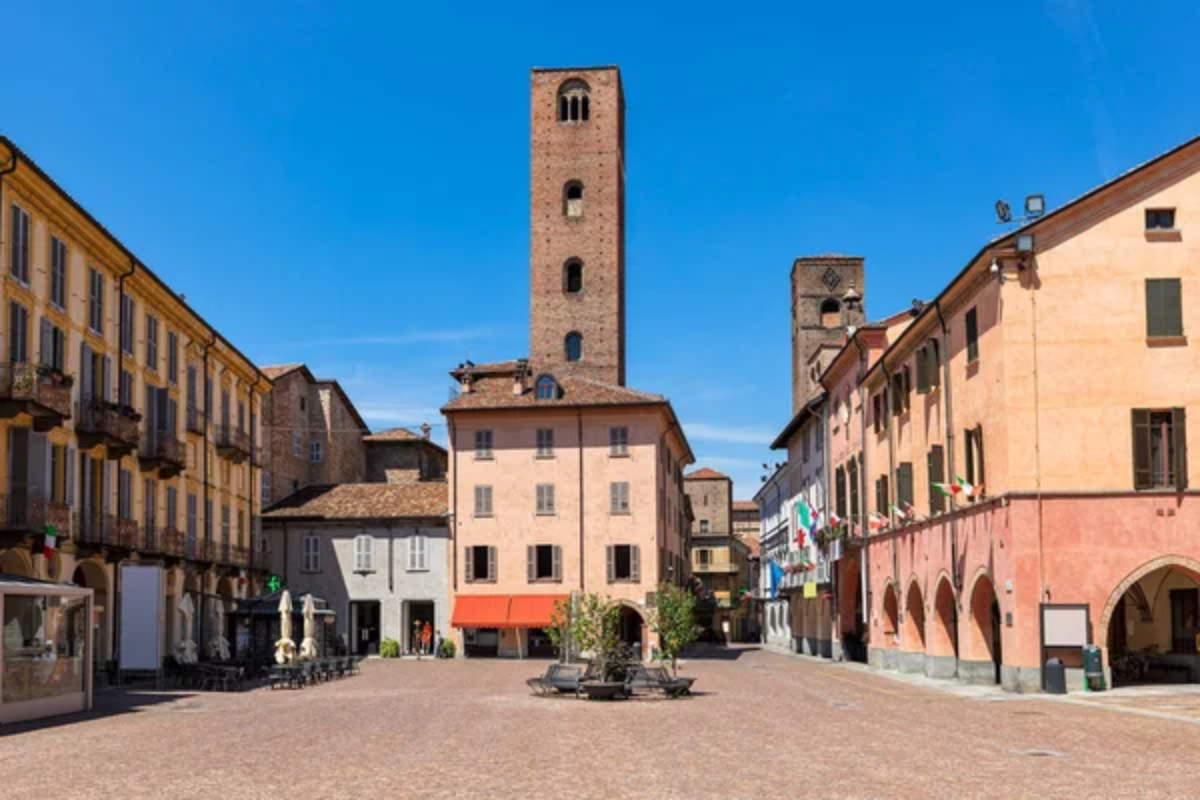
Truffle hunters maintain age-old partnerships with their dogs, seeking precious white truffles in autumn mists. Small family wineries produce Barolo and Barbaresco wines, while local kitchens prepare tajarin pasta according to grandmother’s specifications.
Hidden restaurants serve vitello tonnato using recipes treasured through generations.
Norcia, Umbria
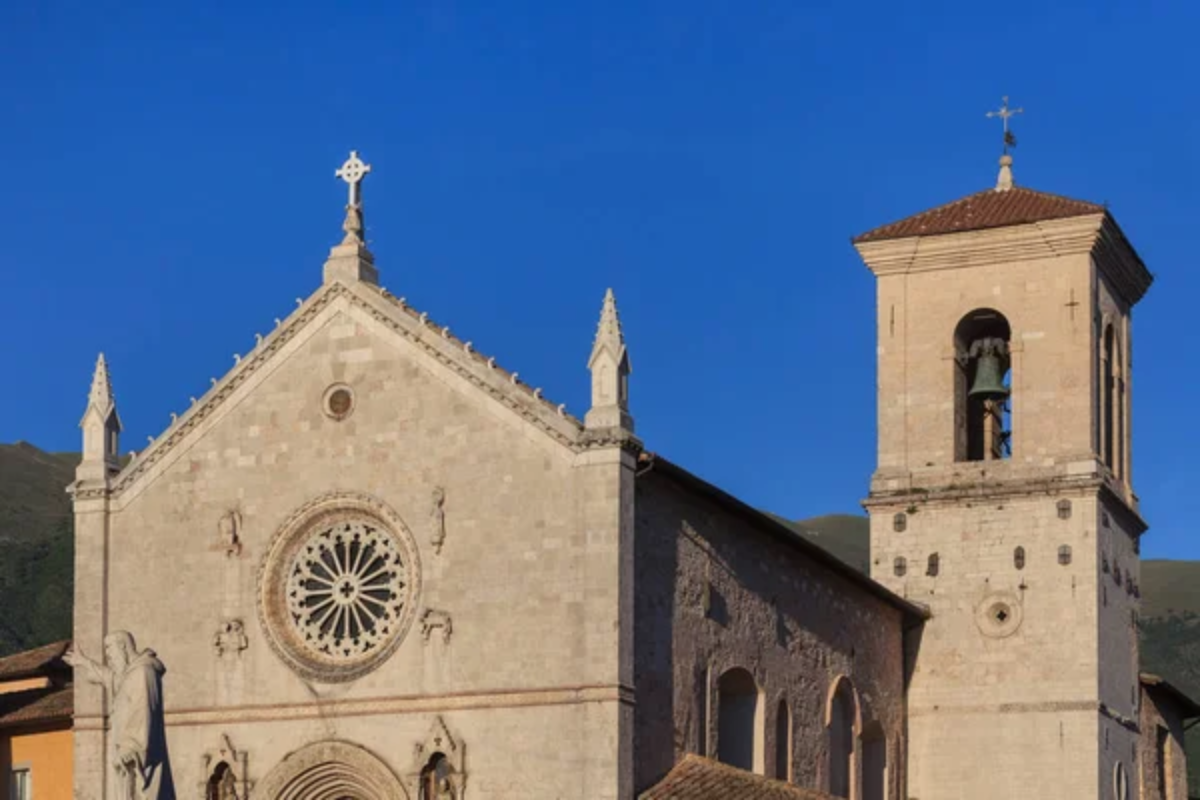
Ancient monasteries established this town’s reputation for preserved meats and black truffles. Family-run salumerias still cure prosciutto in mountain air, while restaurants serve traditional lentil soups from heirloom recipes.
Local cheese makers age pecorino in limestone caves as their ancestors did centuries ago.
Parma, Emilia-Romagna
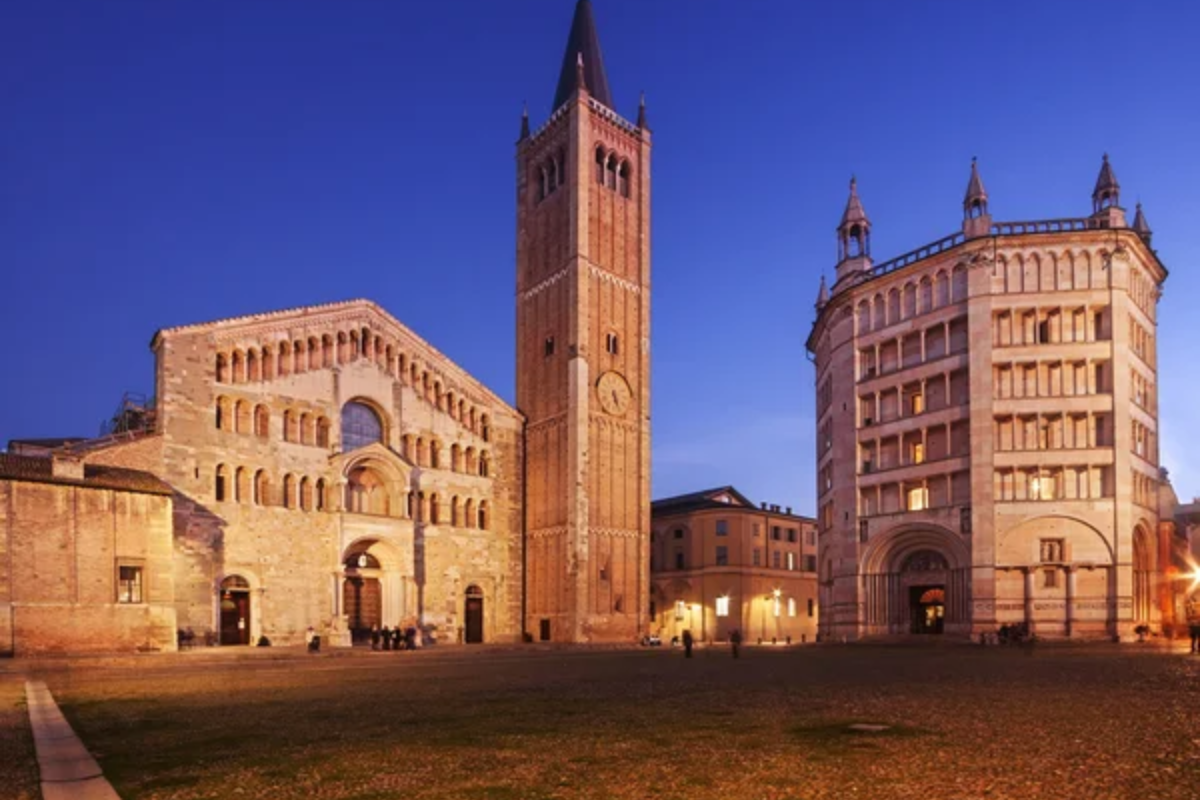
Artisanal producers age Parmigiano-Reggiano on vast wooden shelves, each wheel telling its own story of time and tradition. Small restaurants serve house-made culatello, while local bakeries produce torta fritta following centuries-old methods.
Morning markets showcase seasonal produce from surrounding farms, each vendor expert in their specialty.
Like Travel Pug’s content? Follow us on MSN.
Ragusa, Sicily
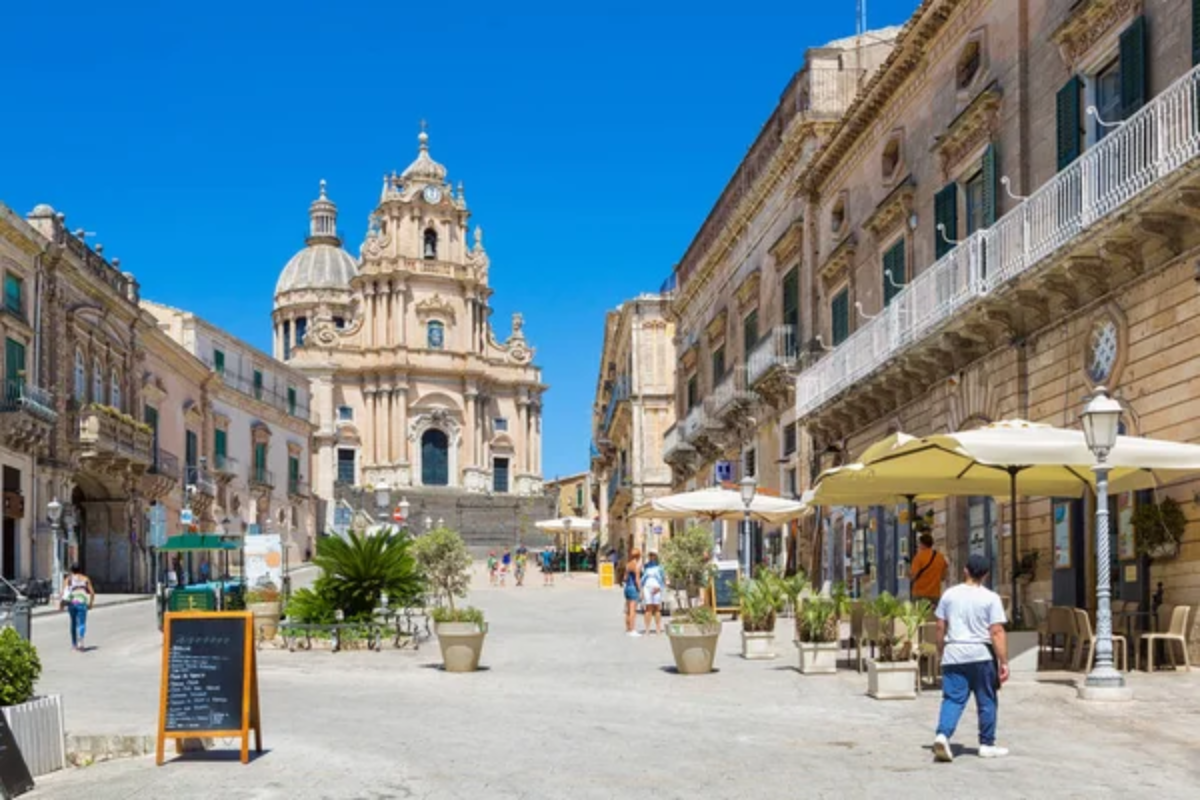
Baroque palaces house restaurants serving traditional Sicilian pasta alla Norma, while local shepherds still produce ricotta in copper cauldrons. Hidden courtyards reveal family-run establishments serving chocolate made from ancient Aztec recipes.
Street markets offer caciocavallo cheese aged in historic cellars.
Treviso, Veneto
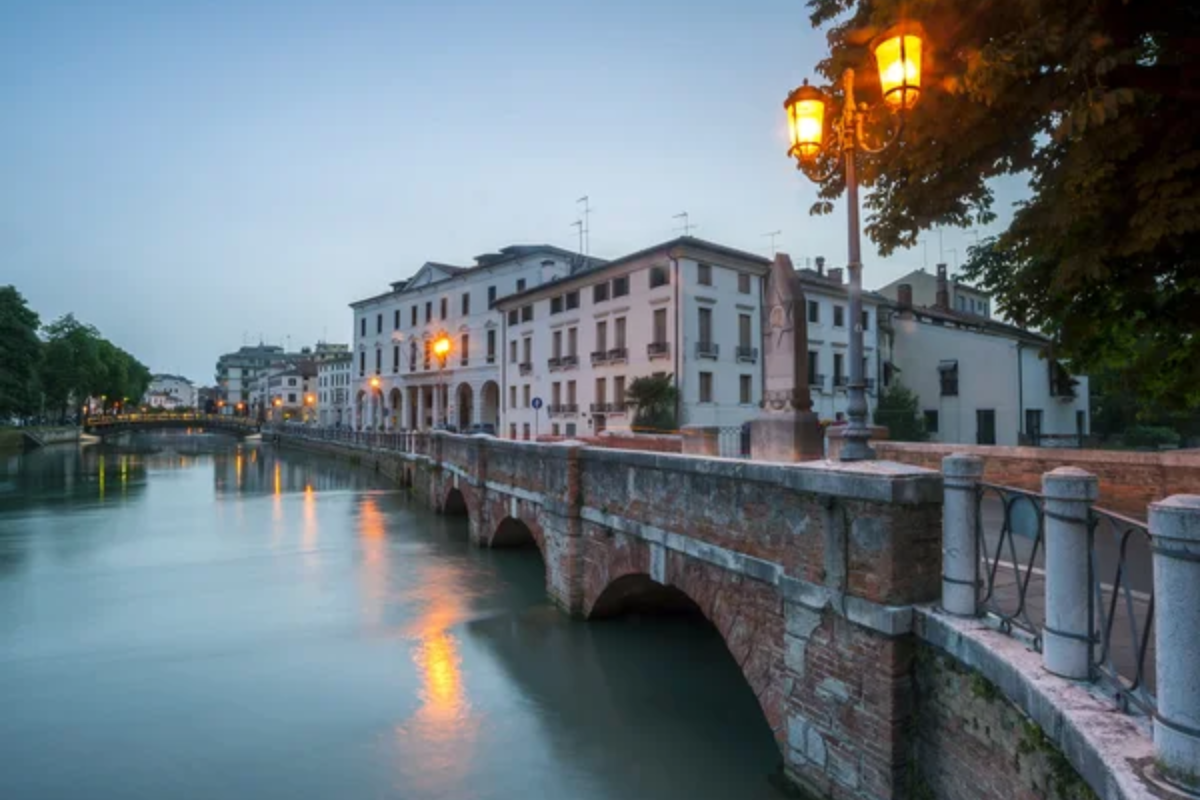
Prosecco vineyards surround this medieval city where tiramisu originated in noble kitchens. Local osterie serve risotto all’acquerello using rice from nearby fields, while traditional radicchio cultivation methods remain unchanged for generations.
Morning markets display seasonal treasures from the Venetian lagoon.
Bassano del Grappa, Veneto
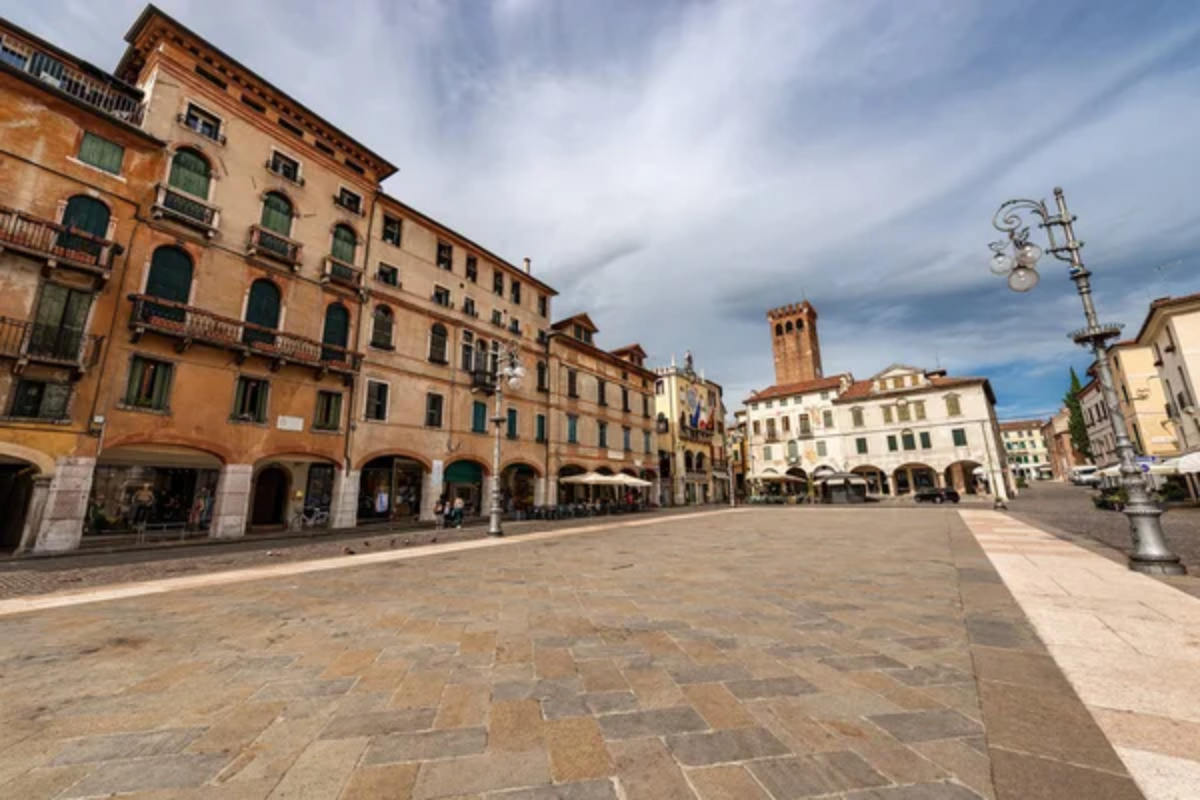
Ancient distilleries produce grappa using methods preserved through centuries. Family restaurants serve white asparagus during the brief spring season, while local artisans craft aged asiago in mountain dairies.
Traditional recipes for bigoli pasta remain closely guarded family secrets.
Like Travel Pug’s content? Follow us on MSN.
Vercelli, Piedmont
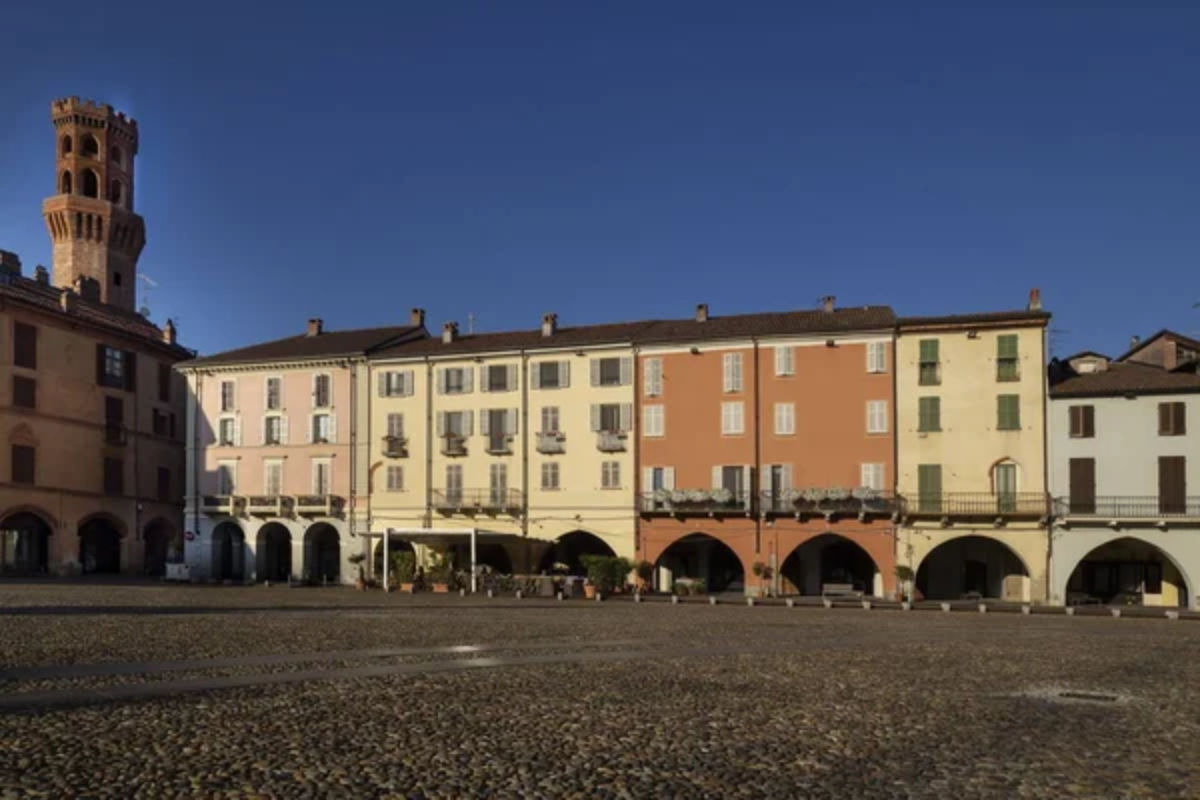
Rice fields surrounding the city supply heritage varieties for authentic risotto preparations. Small producers maintain traditional panissa vercellese recipes, while local cafes serve bicerin following historic Turin customs.
Family estates produce wines from nebbiolo grapes grown on ancestral lands.
Tropea, Calabria
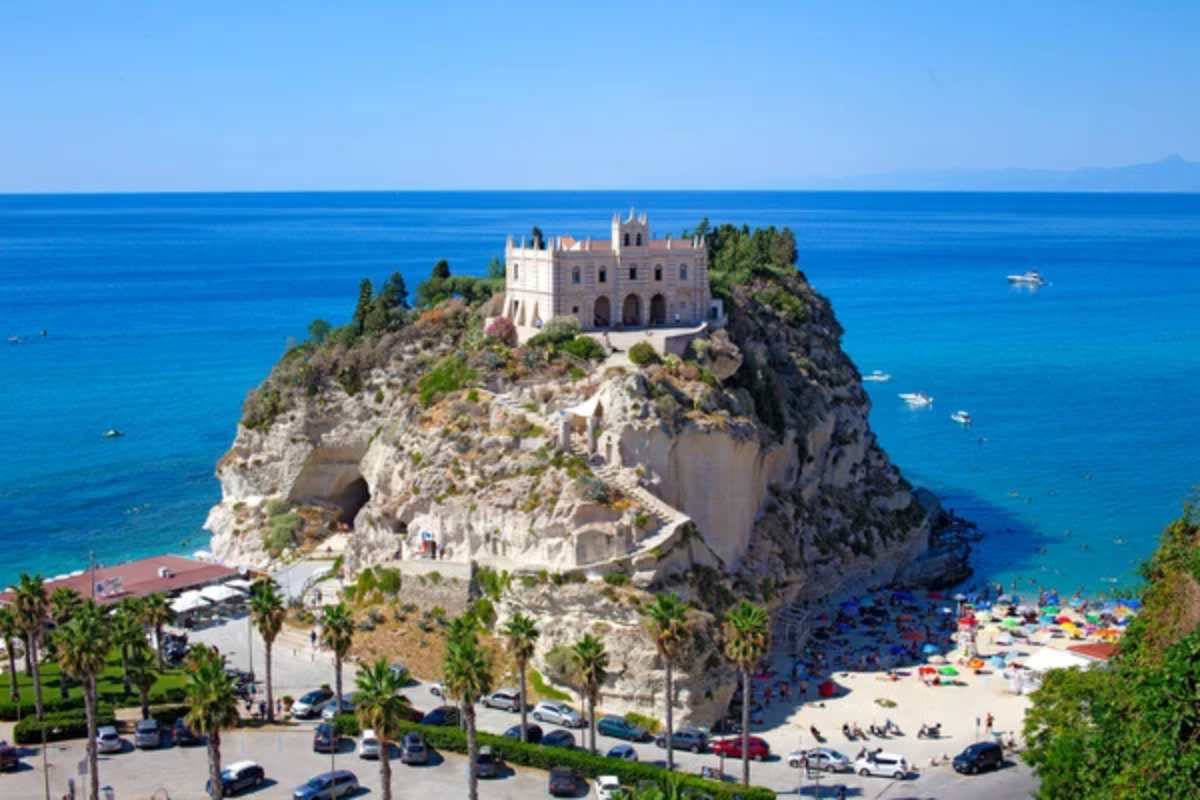
Famous red onions grow in mineral-rich soil, lending sweetness to traditional dishes. Local fishing families serve ancient recipes for swordfish rolls, while hidden restaurants prepare ‘nduja following spice combinations passed through generations.
Morning markets showcase citrus from family groves.
Matera, Basilicata
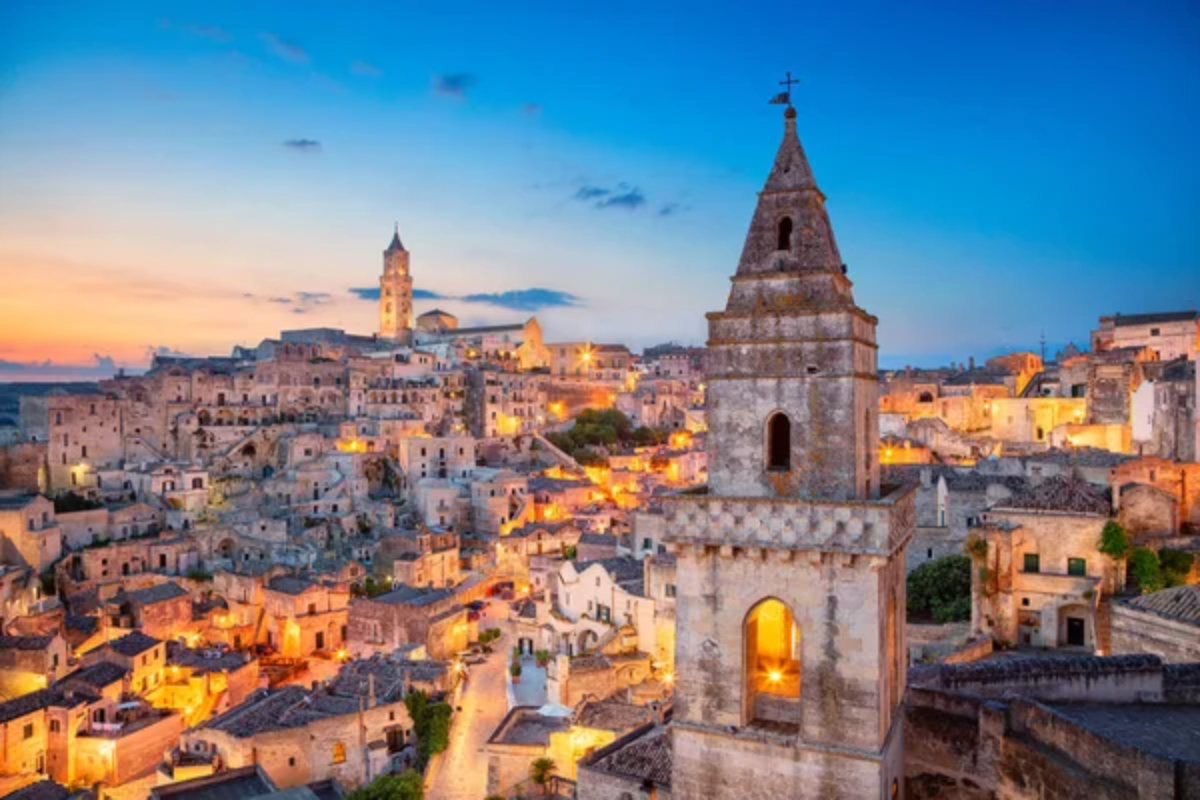
Ancient bread ovens carved into stone still produce traditional pane di Matera. Family-run establishments serve orecchiette with local turnip greens, while shepherd families produce caciocavallo podolico from rare cattle breeds.
Seasonal festivals celebrate preserved food traditions.
Like Travel Pug’s content? Follow us on MSN.
Castellina in Chianti, Tuscany
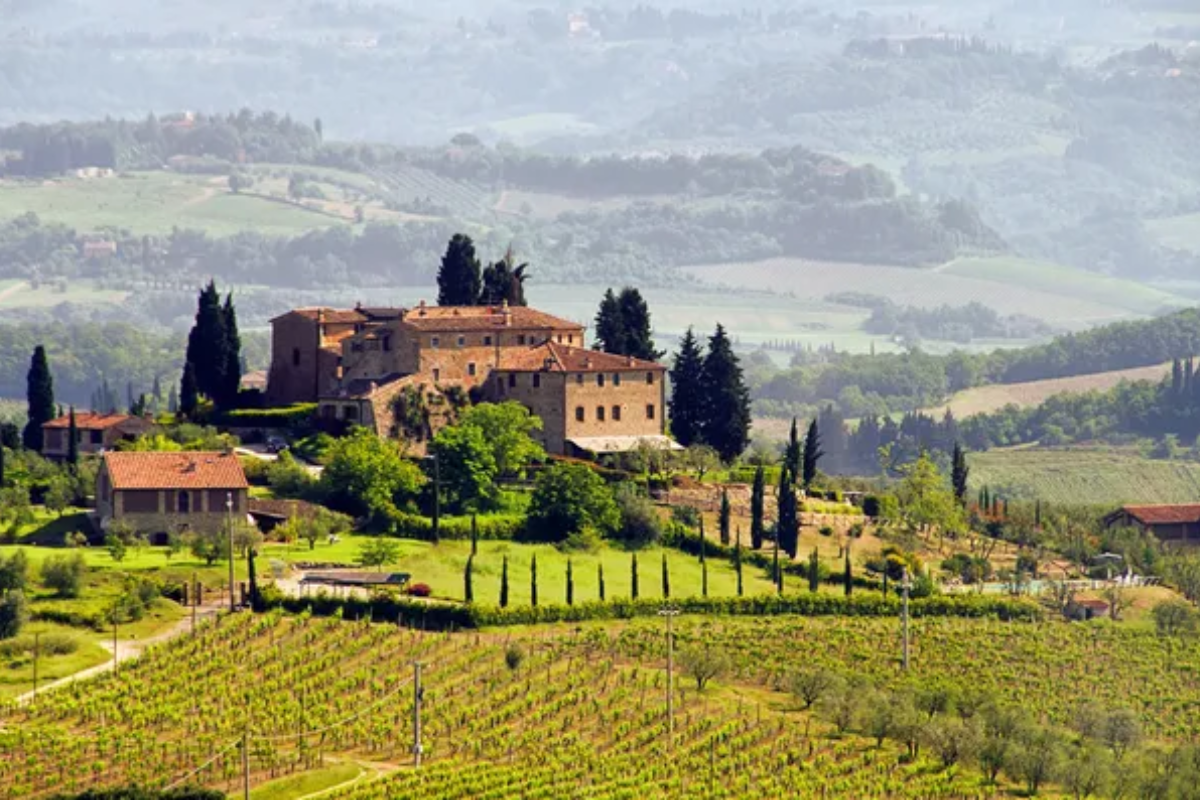
Small-scale olive oil producers maintain ancient pressing methods, while family vineyards age Chianti in historic cellars. Local butcher shops prepare traditional finocchiona following ancestral recipes.
Hidden restaurants serve panzanella using bread baked in century-old ovens.
Ascoli Piceno, Marche
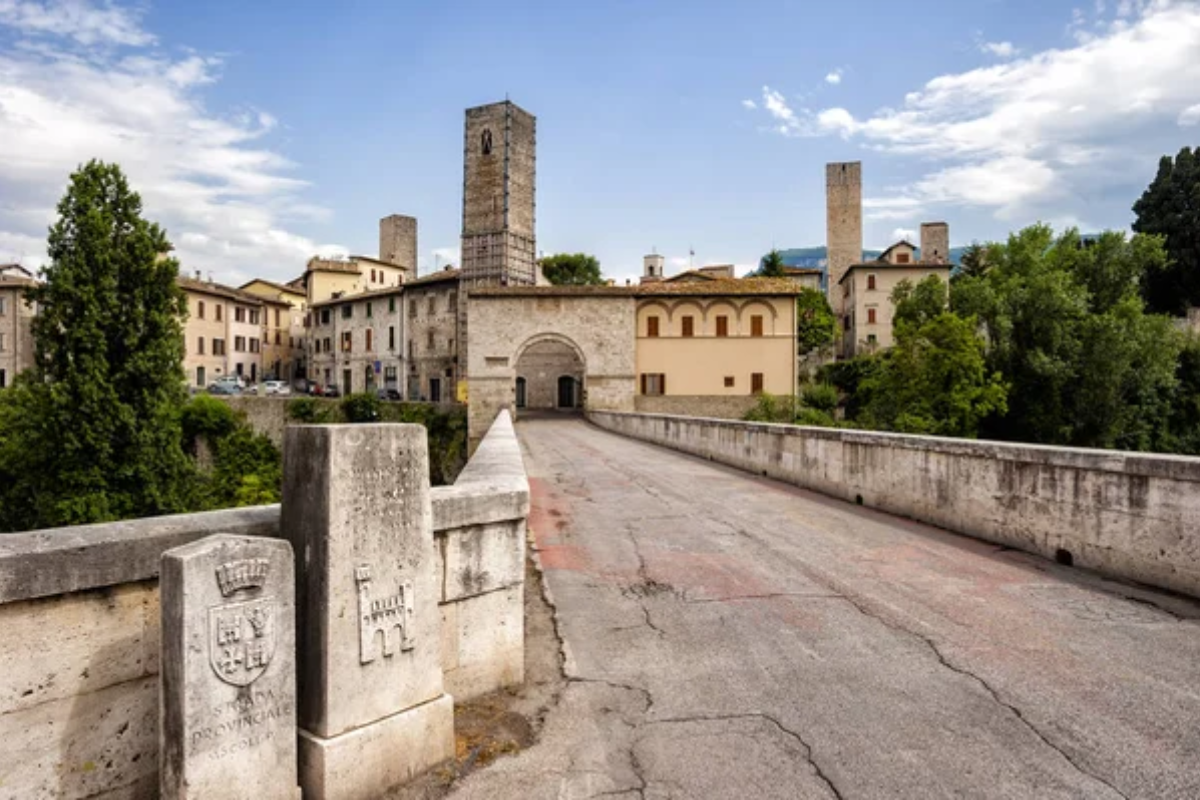
Olive groves produce tender ascolane olives stuffed according to protected recipes. Family-run pastifici make maccheroncini following time-honored techniques, while local vintners produce Rosso Piceno in traditional methods.
Morning markets showcase black truffles from nearby mountains.
Bra, Piedmont
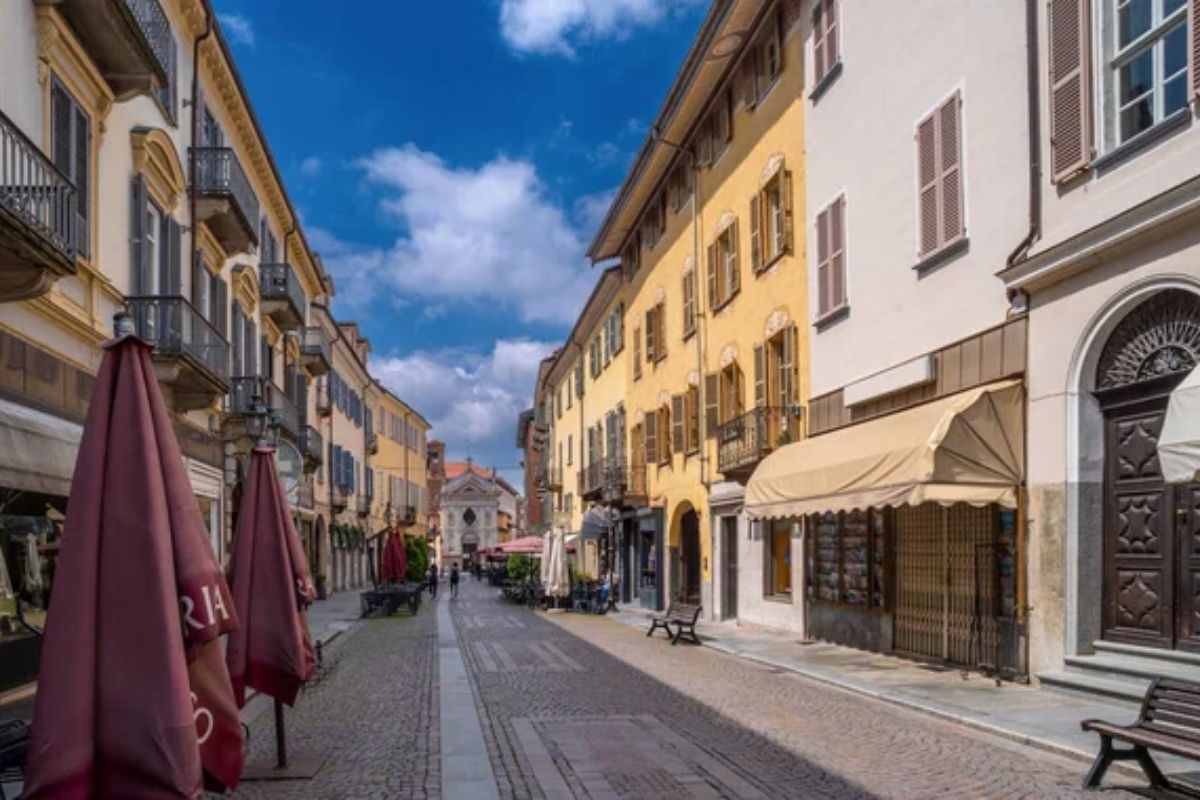
The birthplace of the Slow Food movement preserves traditional cheese-making methods. Local restaurants serve vitello al tonnato following classic preparations, while family butcher shops maintain ancient sausage recipes.
Seasonal markets celebrate regional cheese varieties.
Like Travel Pug’s content? Follow us on MSN.
Cividale del Friuli, Friuli

Ancient recipes for gubana pastries reveal Slavic influences in local cuisine. Family-run osmizze serves house-made prosciutto and local wines, while traditional restaurants prepare frico from mountain cheeses.
Local apiaries produce honey following methods unchanged for centuries.
Vittorio Veneto, Veneto
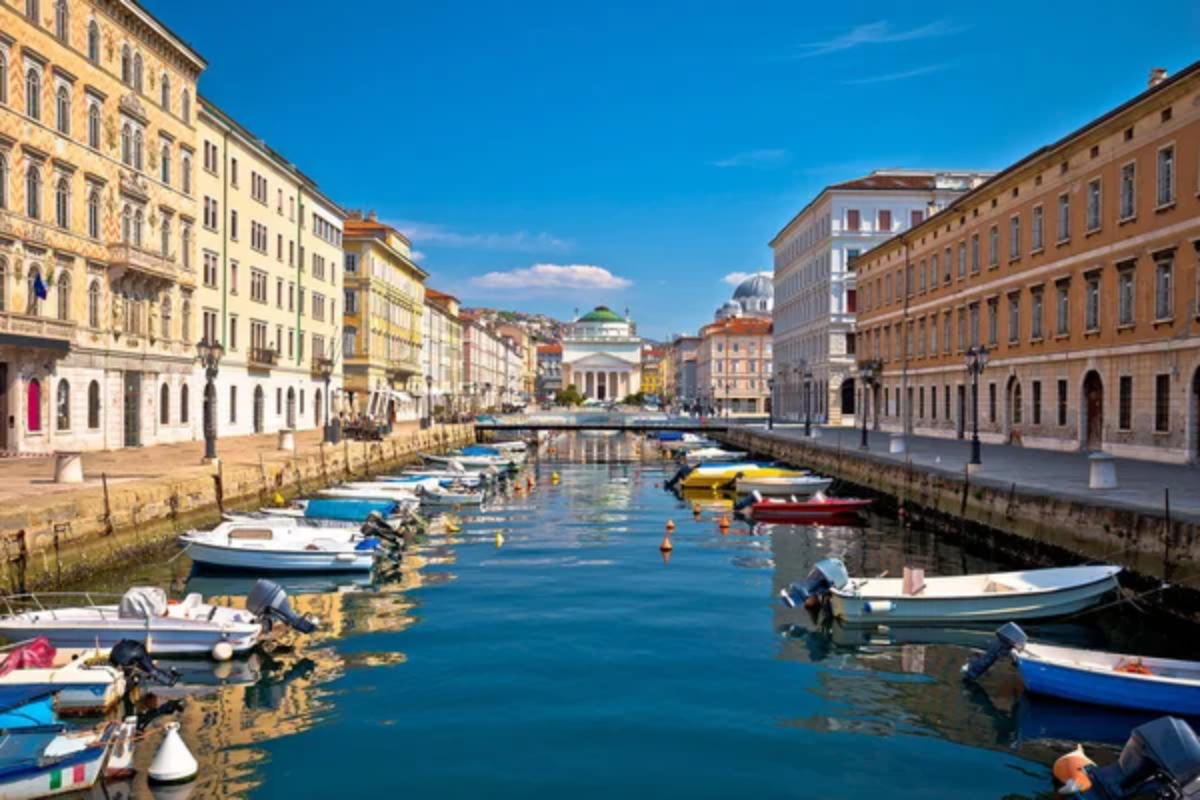
Traditional producers maintain ancient methods for making casatella trevigiana cheese. Local osterie serve sopa coada following recipes preserved through centuries, while family vineyards produce prosecco using inherited knowledge.
Seasonal festivals celebrate radicchio harvests.
Randazzo, Sicily

Pistachio groves produce prized nuts used in traditional pasticceria recipes. Local families maintain ancient recipes for pasta alla Norma, while hidden restaurants serve traditional preparations of local lamb.
Morning markets showcase mushrooms from Mount Etna’s slopes.
Like Travel Pug’s content? Follow us on MSN.
Pontremoli, Tuscany
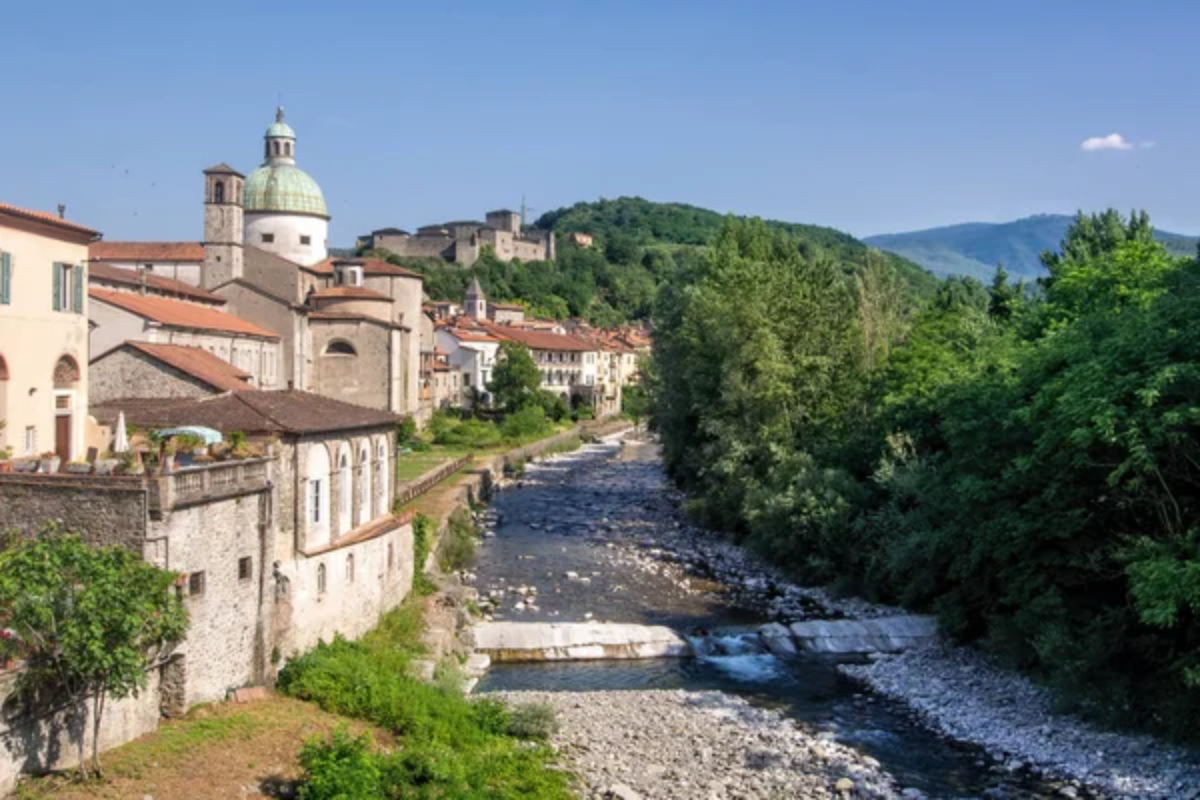
Medieval testaroli recipes remain unchanged in local kitchens, while family producers maintain traditional methods for making herb-infused oils. Local restaurants serve torta d’erbi following ancient Lunigiana recipes.
Small markets display seasonal porcini from nearby forests.
Andria, Puglia
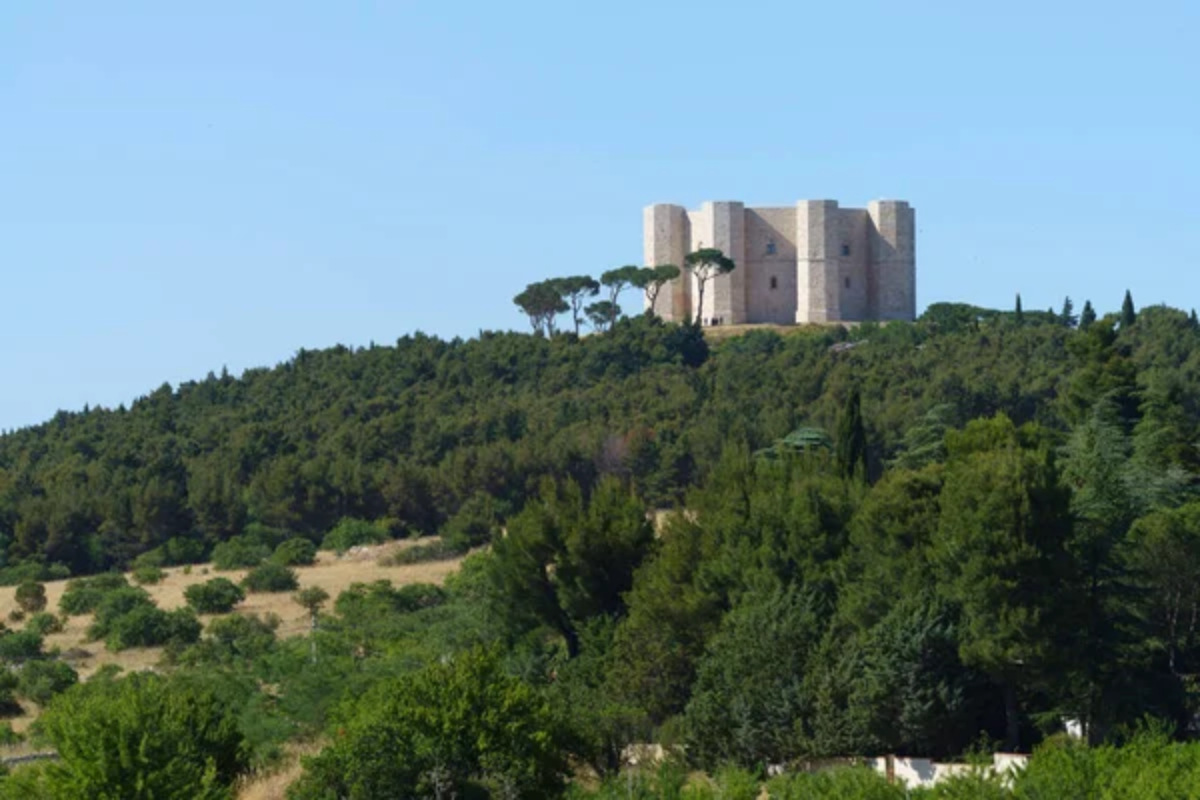
Artisanal producers create burrata following protected methods, while local olive groves maintain centuries-old trees. Family restaurants serve orecchiette with turnip tops using traditional preparations.
Historic pasticcerie preserves ancient recipes for local sweets.
Greve in Chianti, Tuscany
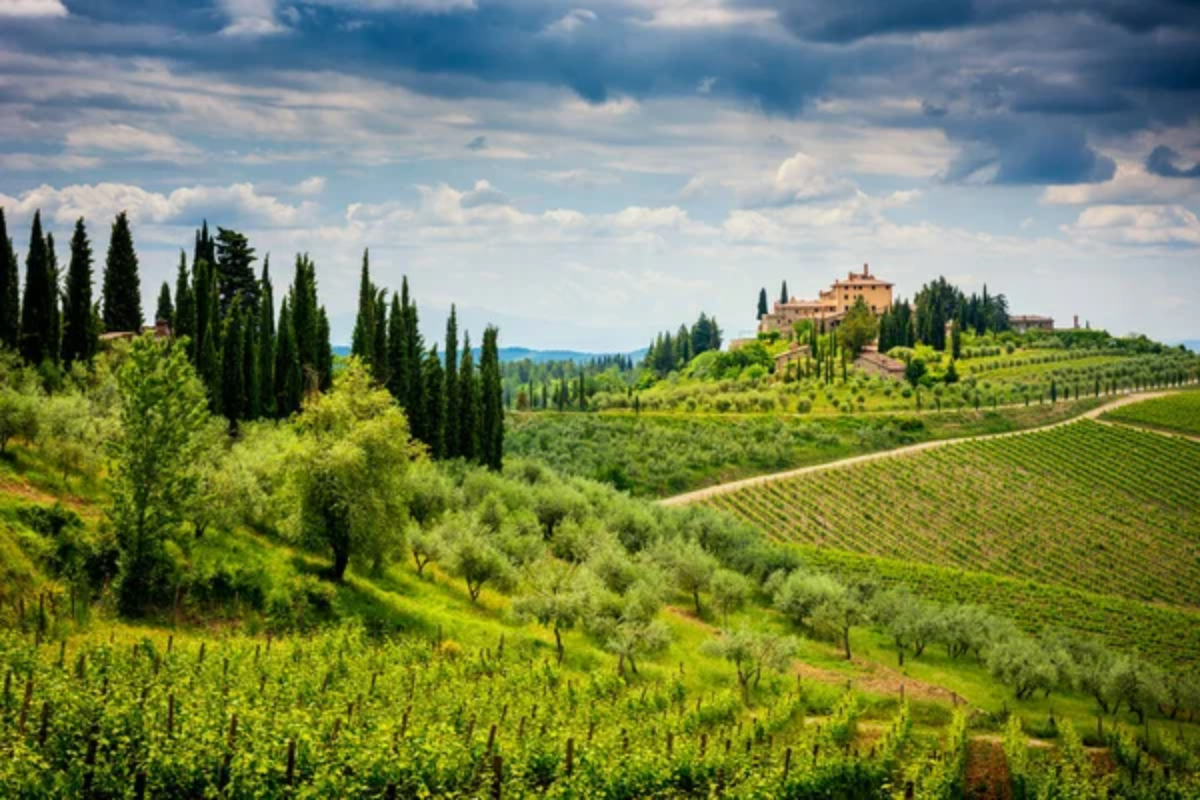
Ancient butcher shops maintain the traditional production of Tuscan salumi, while family-run restaurants serve ribollita following seasonal rhythms. Local enotecas preserve wines from small producers, and morning markets showcase heritage vegetables from nearby farms.
Like Travel Pug’s content? Follow us on MSN.
Authentication Through Tradition
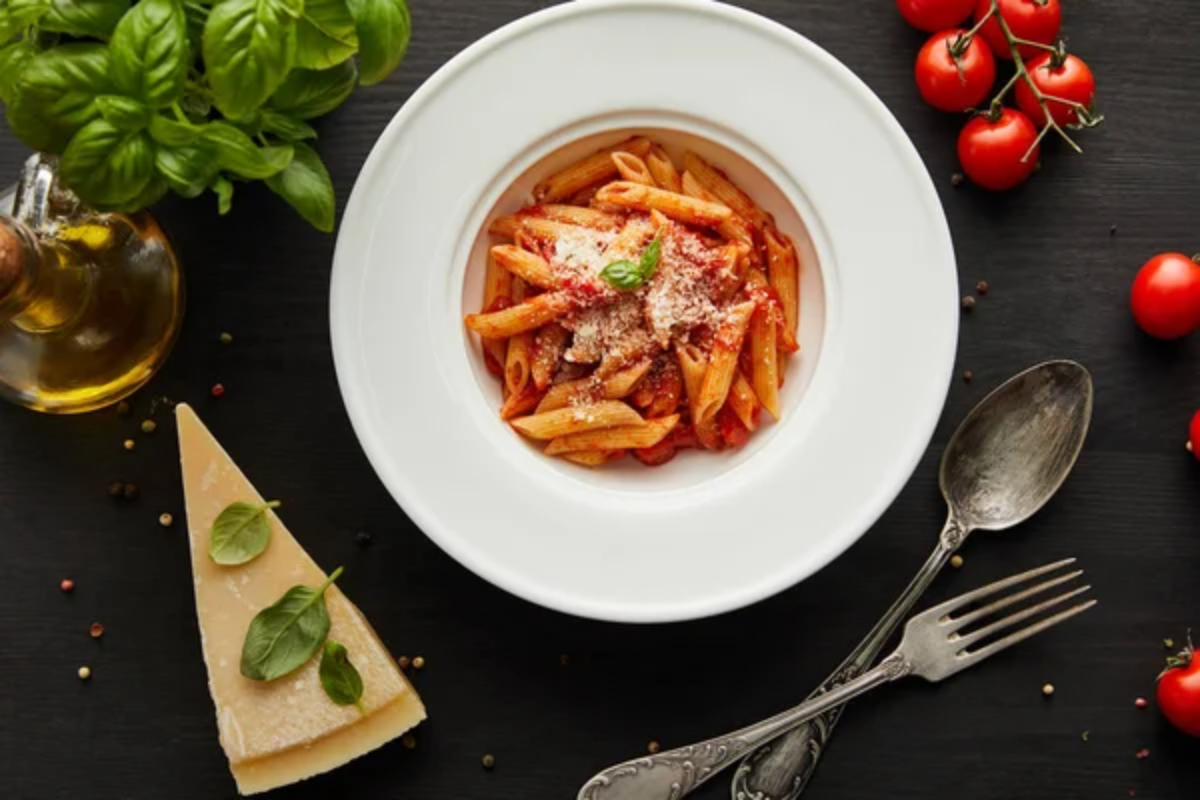
These hidden culinary capitals preserve Italy’s gastronomic heritage through daily practices and seasonal celebrations. Each city maintains its distinct food identity through protected recipes, traditional production methods, and family-run establishments that prioritize quality over quantity.
The true richness of Italian cuisine lives in these lesser-known destinations, where food traditions remain intimately connected to local culture and history. While tourists crowd familiar destinations, these cities offer authentic culinary experiences that celebrate the depth and diversity of Italian gastronomy.
Here, every meal tells a story of place, tradition, and the passionate individuals who maintain these culinary treasures.
More from Travel Pug

- 20 Towns Built for One Purpose That Were Later Abandoned
- 15 Hidden Spots in Disney World’s Magic Kingdom Most Visitors Miss
- 15 Most Scenic Walks Anywhere in The World
- 15 Canyons in the U.S. That Are Just as Stunning as the Grand Canyon
- 10 Under-the-Radar Mountain Towns That Are Both Affordable and Beautiful
Like Travel Pug’s content? Follow us on MSN.
